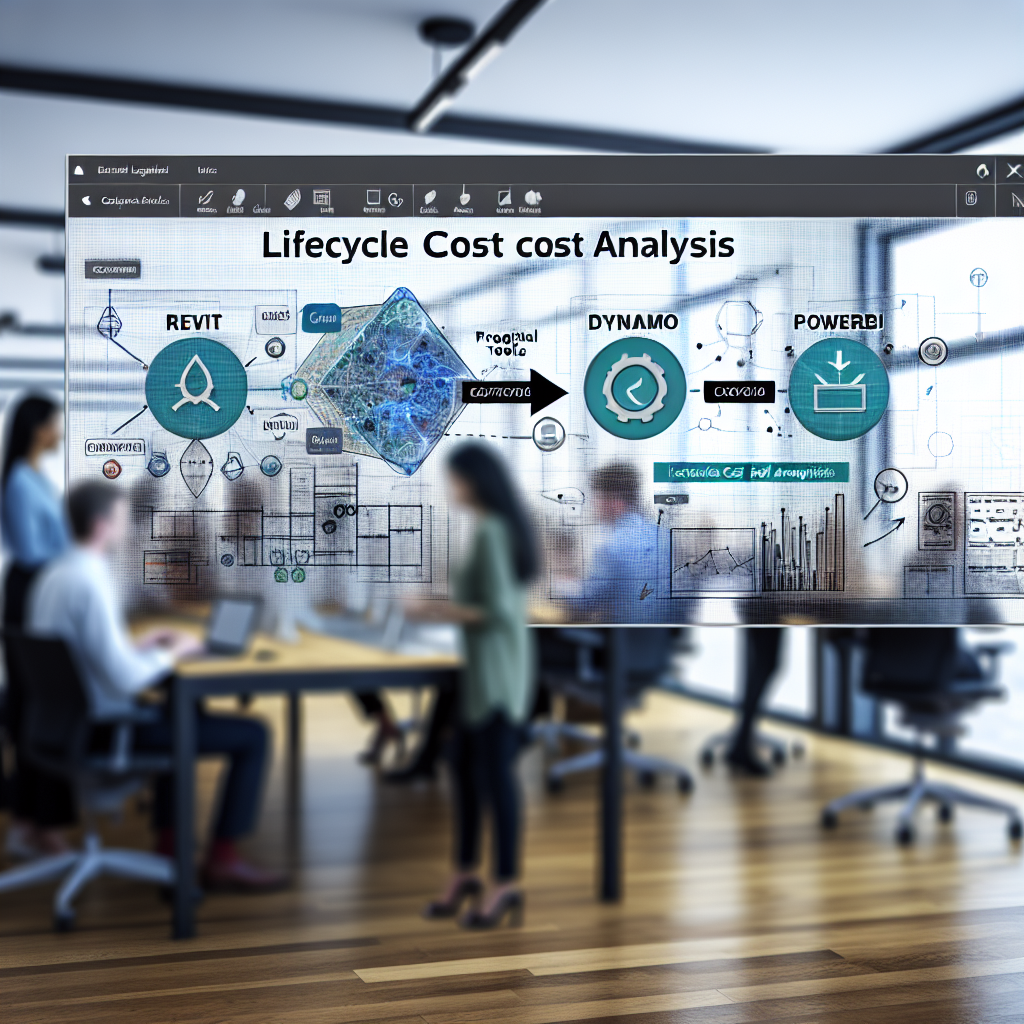Integrating Revit, Dynamo, and PowerBI creates a powerful automated decision-making tool that streamlines the calculation of lifecycle costs in design projects. This synergy enhances project efficiency, accuracy, and strategic planning. In this article, we will explore how these technologies work together to revolutionize cost analysis and support sustainable, informed decision-making in architectural and engineering workflows.
Harnessing Revit, Dynamo, and PowerBI for Automated Lifecycle Cost Analysis
The integration of Revit, Dynamo, and PowerBI offers a seamless flow of data from initial design models to comprehensive cost analysis dashboards. Revit serves as the foundational building information modeling (BIM) platform, capturing detailed design data that form the basis for lifecycle cost calculations. Dynamo, a visual programming tool within Revit, automates data extraction and manipulation, enabling complex calculations such as energy consumption, maintenance requirements, and replacement costs over the building’s lifespan.
By leveraging Dynamo scripts, engineers and architects can automate the collection of relevant data—such as material quantities, system efficiencies, and operational parameters—and output this data into formats compatible with PowerBI. PowerBI then processes this information into interactive reports and dashboards, providing real-time insights into lifecycle costs. This automation reduces human error, accelerates decision-making, and supports the evaluation of different design scenarios for cost optimization and sustainability.
Optimizing Design Decisions with Data-Driven Insights
The true strength of this integrated approach lies in its ability to transform static design models into dynamic decision-making tools. Automated calculations allow stakeholders to assess long-term costs, including initial capital expenditure, operational expenses, maintenance, and end-of-life disposal. Visualized in PowerBI, these data points enable project teams to compare different design alternatives based on comprehensive lifecycle cost analysis.
Furthermore, this methodology fosters a proactive approach to sustainable design by highlighting those elements that impact long-term costs and environmental performance. Architects and engineers can experiment with material choices, HVAC systems, or insulation options within Dynamo, instantly seeing how these changes influence overall lifecycle costs. The result is a data-driven process that aligns with modern sustainable building practices and profit-driven project management.
Conclusion
Combining Revit, Dynamo, and PowerBI creates a robust, automated tool that transforms traditional cost estimation into a strategic, real-time decision-making process. By automating lifecycle cost calculations, project teams can make more informed choices that optimize initial investments and operational efficiency. Ultimately, this integration empowers architects and engineers to design smarter, more sustainable buildings, saving time and reducing costs in the long run.
